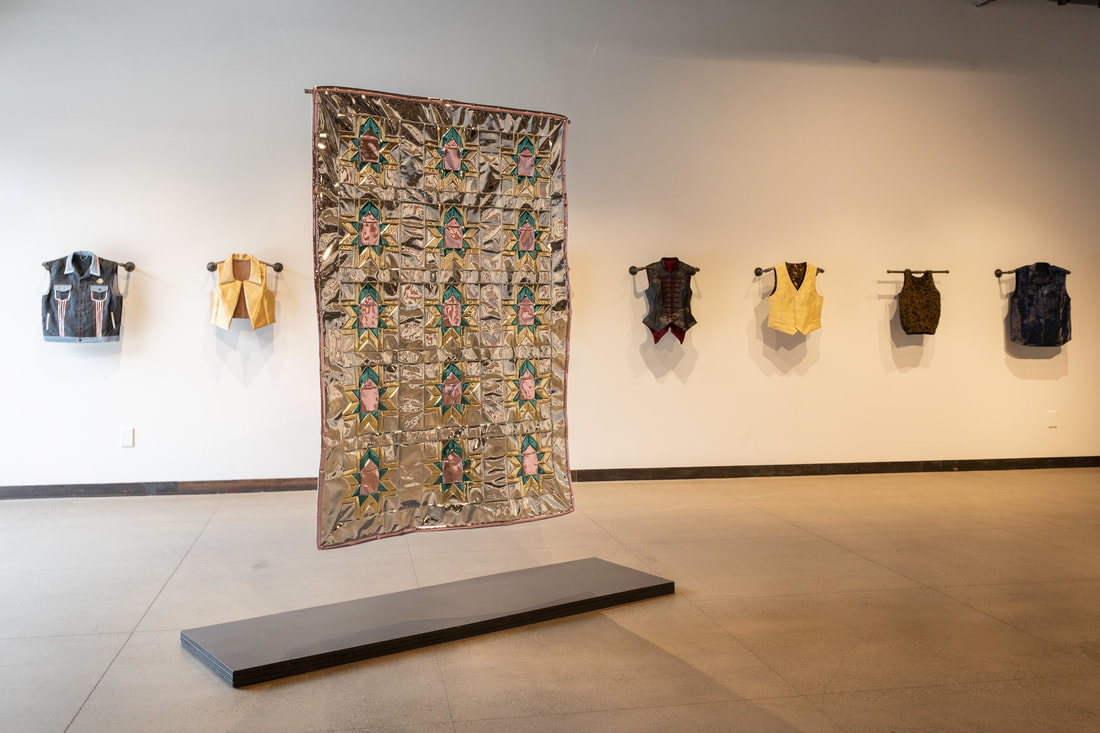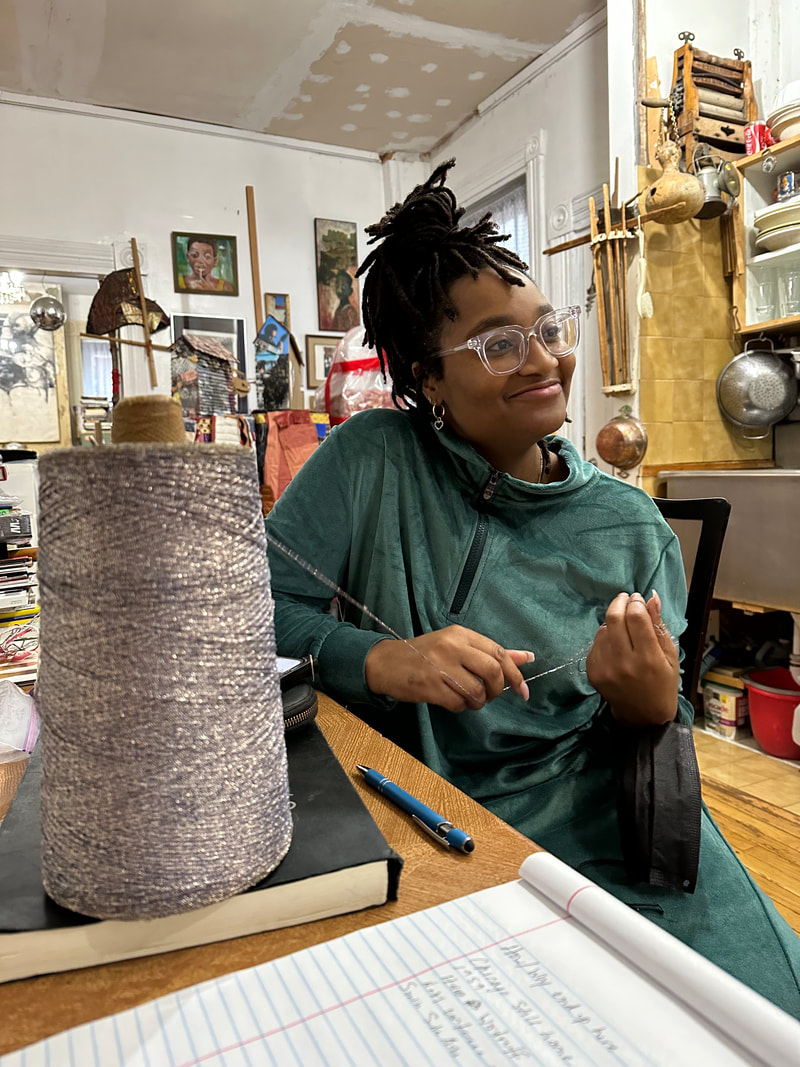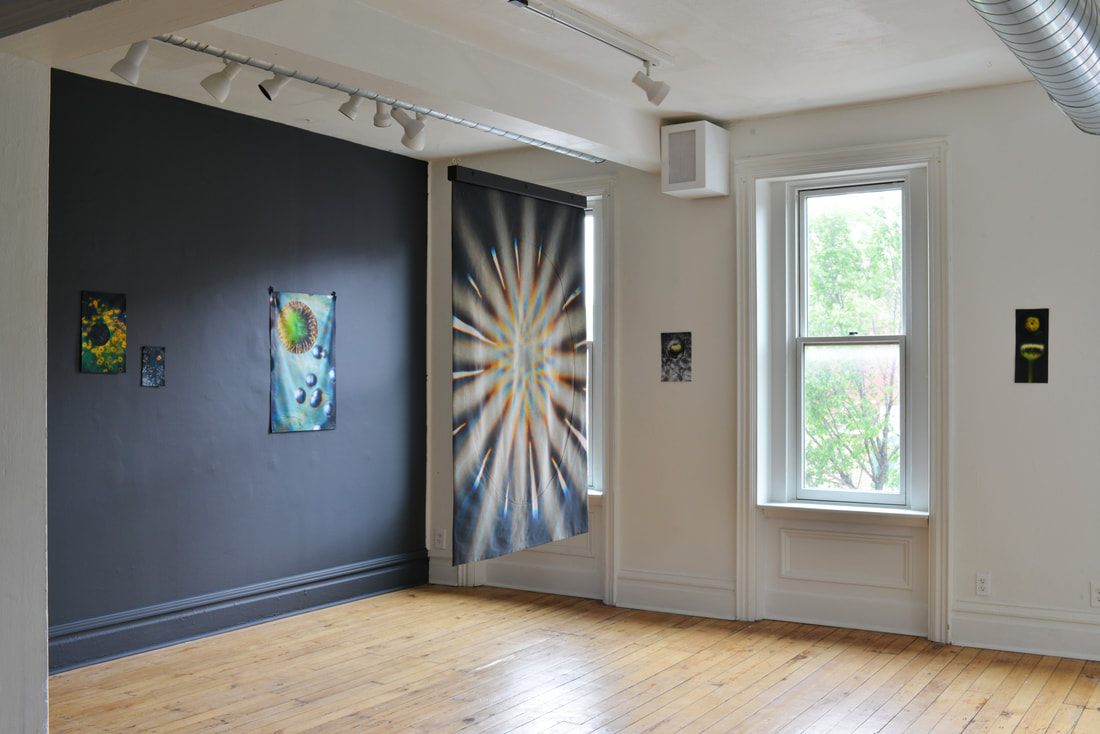Original Publish Date: 10/5/2020
I spoke with resident artist Justin Emmanual Dumas over video chat to learn about his background, motivation, practice, and experience in residency. This conversation is informed by our shared experiences growing up in Pittsburgh during industrial decline. The interview has been lightly edited to translate from voice to text.
Photography by Sarah Huny Young
www.instagram.com/justin.emmanuel
http://instagram.com/hunyrocks
..
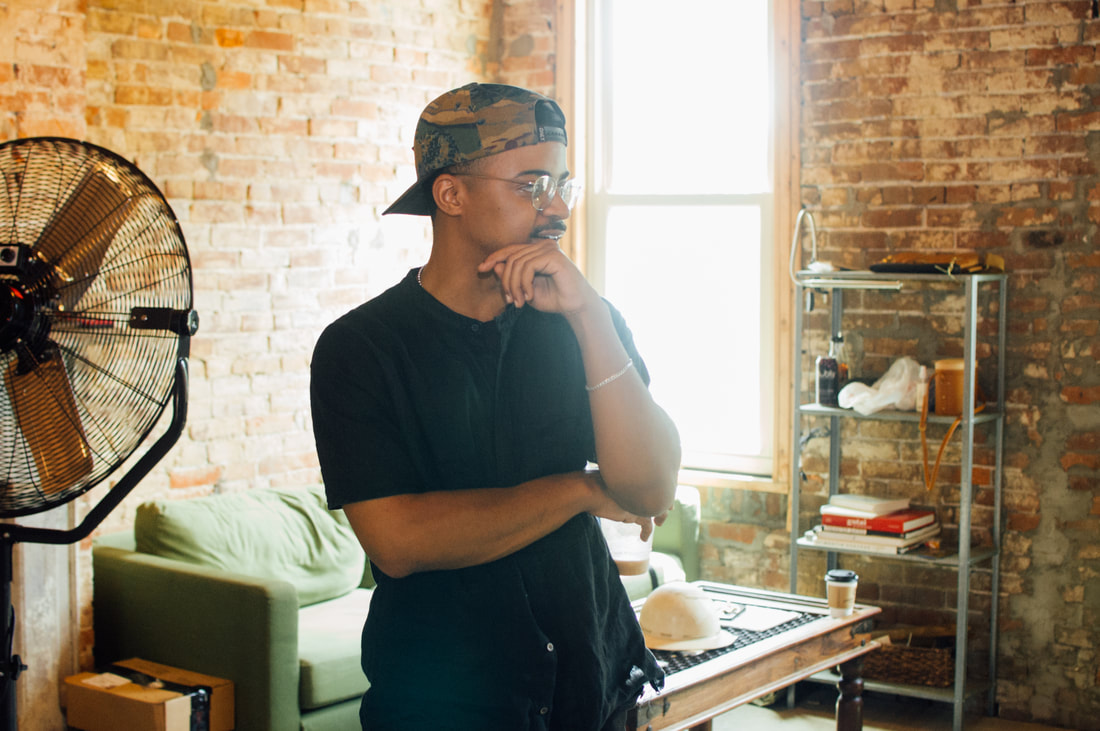
Reese McArdle: Let’s start off like this – Who are you, how long have you been making, and what compelled you to start?
Justin Emannual Dumas: I am a 26 year old artist born and raised in Pittsburgh – specifically from Homewood and kind of grew up in the Verona and Penn Hills area. Most of my childhood I lived in an area with no sidewalks, you know, super rural kind of hilly vibes. I’ve definitely always been drawing, illustrating, writing – you know just kind of as an interior retreat into my head.
I moved around a little bit when I was younger so for a good period of time all my friends lived far away from me and I spent a lot of time kind of entertaining myself or filling my time with stuff I could really enjoy or get good at on my own – so that’s always been in the background. Funny enough I think the beginning of me taking myself seriously as an artist was much more of a graphics thing – I was definitely a product of the age of blogs, doing graphic design and making clothing.
At some point I found myself overwhelmed – I kind of felt like I couldn’t escape the influence of all these images that I was feeding myself and I was having a hard time kind of generating what felt authentic for myself, you know what I mean, without this outside content. So that was I think the beginning of me moving away from imagery – moving away from the symbolic, from symbols and figurative work. And this is when I began to take the work more seriously.
Currently, I’m trying to interrogate material and get as much as I can out of my dialogue without any set language or label, if you will.
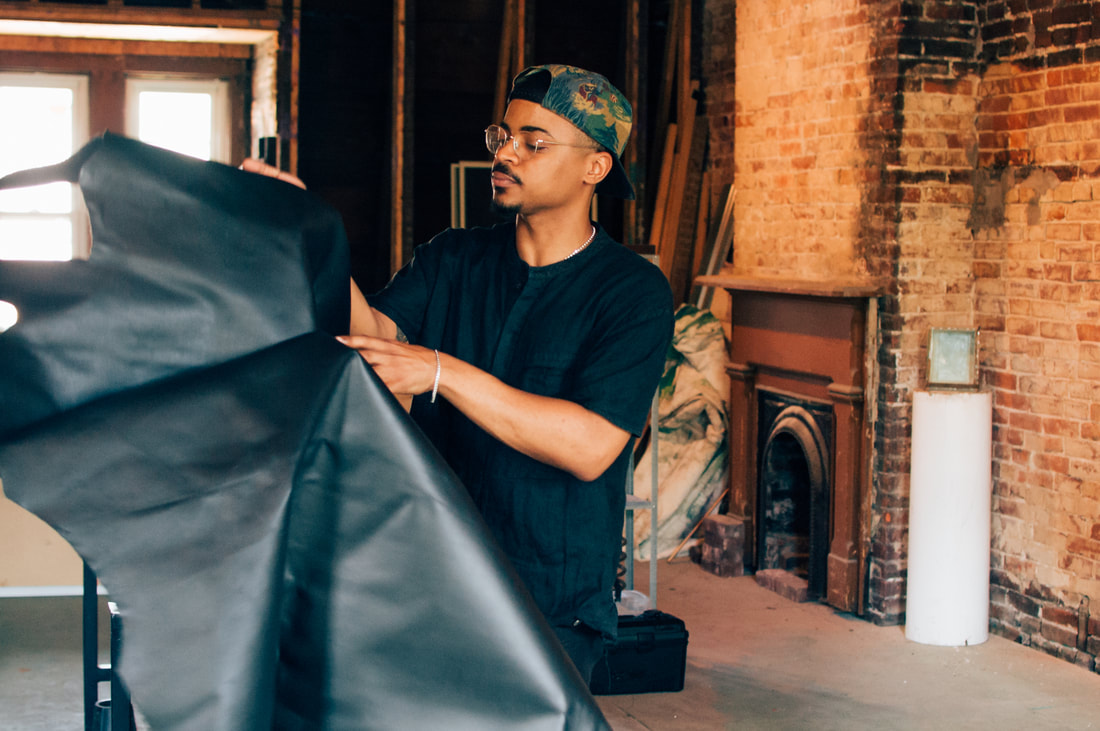
Reese: I think most of this conversation is going to be about material just because it’s so absolutely prominent in your work – but I want to start with mark making and ask generally about your thinking around mark making and how you came to the ones that you have found in your practice now.
Justin: A lot of the spaces that I grew up in are spaces that people are kind of alienated from. It’s difficult to get people to care about the space that they live in when basic necessities aren’t met – and so it’s kind of this age-old question of ‘how can you get people to have agency in their environment, in their space, and care about how those environments are shaped?’ I’ll always remember driving through these neighborhoods and this phenomenon of the abandoned house one after another – it kind of has this uncanny feeling to it – and I think I was privileged enough to be so in my head as a kid, that I could at some point engage with it for what it was. I think that started my love of surfaces and walls. So speaking about of the gesture I’m especially interested in the peripheral gesture, right, so when you look at a surface you can see – there was brick, and then someone repaired it, and then painted over it, and there was a sign and someone vandalized the sign took it down, and the nails from the sign are still left here with all these layerings of paint so there’s this narrative here, but none of the decisions were front-facing aesthetic choices – so you have this … this honesty of the gesture that’s built up.
I had a great learning moment when I was painting with a friend of mine using tile. We were using mortar, cement, bathroom tile onto the canvas and one of the tiles broke so we put it back together with cement and hot water. Then we replicated it – we broke another one and one of his family members came by while we were working and said, ‘this one looks on accident and this one looks on purpose.’ If you try to simulate something you can get down to the smallest detail possible but you’re never gonna emulate the kind of genuine wear and tear, you know what I mean, it’s entropy. So there’s this space of letting materials lean into themselves and do what they will. In that way, I think the gesture becomes about the surface that’s holding the mark and gestures are a kind of timeline – a kind of textural history of the surface.
You walk through a neighborhood – and I think if you understand a little bit about architecture, or even if you don’t – you can tell that certain houses are of a certain age and belong to a certain area. And so I think the same way a place has a narrative the surfaces have a narrative and there are ways to discern them and read them. So, I think of the gesture as evidence and that multiple gestures add up to a greater narrative – more evidence tells a greater story.
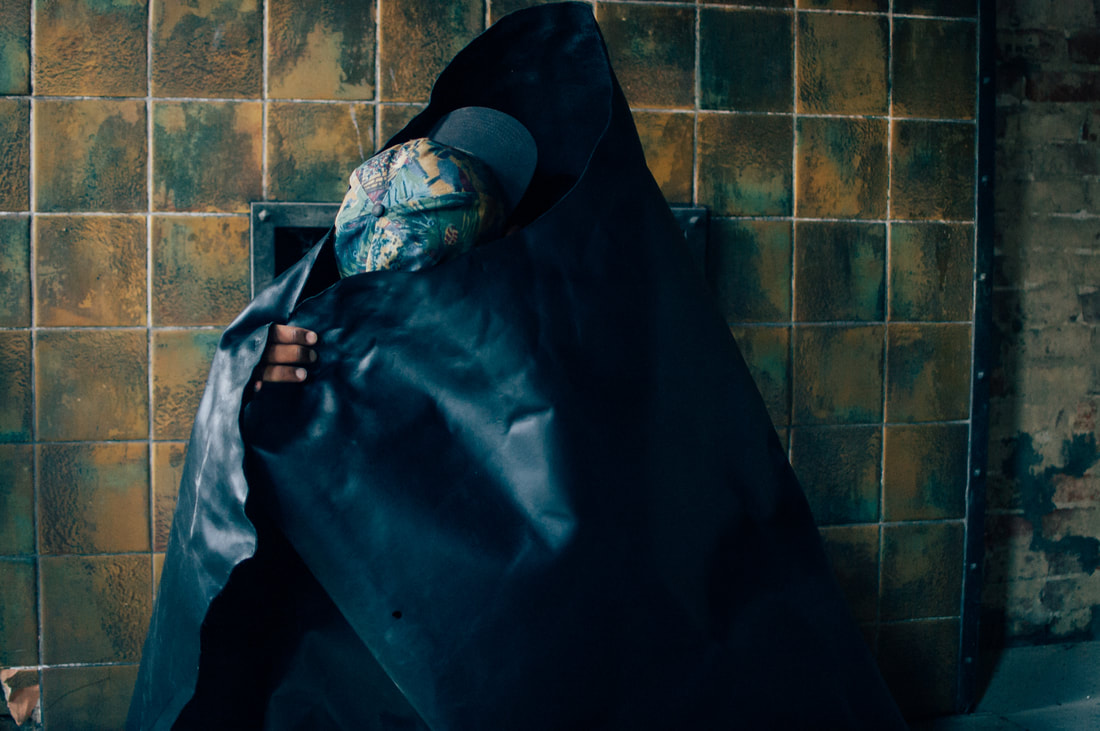
Reese: We’ve talked before about growing up in Pittsburgh during that period of decline and bottom out. I think the materials that you use and reference in your work were sort of the background textures of life – they were just ubiquitous you could find any sort ambiguous piece of metal, right, it could be a hubcap or something that fell off a fence, it could be any number of things but I think we knew that there was a history to these objects but we just didn’t necessarily have access to it at that time. Part of it was that we these objects were part of a system that we knew only as myth – and these objects themselves have forensic qualities to them, too, and now – knowing more about material and history – we can sometimes determine more about the object.
You sent me a lecture that discusses ideas of entropy by Graham Harmon “Graham Harman: What is an Object? presented at Föreläsning“
where he speaks to Eddington’s Two Tables: the one scientific table made of particles and material interactions the other the practical, the social thing that we recognize together. Then Graham suggests this third table which I interpret as a sort of essential table, one which you could replace all its parts and it remains the same object. I think I can tie these ideas to your artist statement where you write, “Transmuting these materials becomes a matter of utilizing the effects of human agency in a system of temporal erasure and decay.” I’m curious how you work with these ideas.
Justin: Henri Bergson has an idea of ‘la durée’ or ‘duration’ that says modern thinking, science, and history all prioritize stasis – they all favor looking at the world in snapshots, frozen moments. And so it’s really helpful for people to think about things frozen in their nature – their essence being this self-contained thing. Bergson said in reality we know everything to exist in flux and fluctuation and that ‘la durée, duration’ is this truth, this ontology – that the way the world exists is in fluctuation. It makes me think that even in identity we take our memories, labels given to us by the world, and the labels we create for ourselves and we stitch them into a static individual. In a lot of ways, I think it’s helpful for us to think about ourselves in relation to the past or the future and so, in a lot of ways, I think Graham Harmon’s “third table” is the table that exists in that flux. In the same way, they say your cells recycle every seven years; those parts of the table can be swapped out, changed, and it still keeps its essence. People have the same kind of essence, I would say, and it’s an essence that moves with the flux.
Reese: Can you tell me how these ideas inform your process of sourcing materials?
Justin: There’s a certain level of wisdom that I think a really old object has – and my question is ‘how can I get at that? is it about cracking it open? or is it about just offering it as it is? including it in context with something else?’ So, with these materials that I choose,I try to keep this conviction and focus on materials – natural materials – whether they’re organic or inorganic – metals, wood, stone, clay, dust, and ash – because I think they’re things that obey the flux. The synthetic material is kind of the language of modernity – and modernity is all about this constant newness, the New, a Forward Era of Progress. The synthetic surface is one that takes constant maintenance to keep its newness. Whereas there is this kind of sincere veracity, this honesty to old structures that are still standing. They keep their essence, their objectness, even when they’re being torn down or changed by the flux of things. It’s a focus on material that can lean into their own character, material that can age and only become more of what they were, what they are.

Reese: What have you been working on in residence at Bunker Projects?
Justin: I’m really excited about something that I’m considering – a sculptural kind of proposition in line with the ideas of the flux, about the zeitgeist of the moment we’re in. With a lot of structures coming down sculptures and statues that I think have become obsolete in their meaning in many ways. It strikes me, that the sculpture, the statue, doesn’t break down back into the flow of culture and ideology in the same way as plastic doesn’t break down into the environment. And there’s this difficulty to consider, ‘how do we represent and think about an idea in the moment but allow it to mean many things to many people for a long time?’ There’s this tension with this statue – it can’t obey the flux. And in a lot of ways the moment something is cemented in stone, it has become obsolete because the moment has changed.
I really appreciate the 9/11 memorial. It’s one of my favorite public works, period. I think they perfectly executed something that is in the flux and, you know, it’s not making any assertions, it’s not telling you how to feel about the event, it’s this space that people can fill up with their own intention – their own thoughts and meditations – it can mean many things to many different people whether you’re critical of the response to 9/11, or you lost somebody, I think there’s space for it to contain both of those ideas.
I’m working on what I’m calling Pillars of Amendment. They’ll be about four foot tall stone columns with a blank bronze plate on the top. The idea is that they’re meant to exist next to already standing statues and monuments as a kind of ellipses – an opportunity for amendment. I think in a lot of ways it’s a compromise – I think some of these structures should come down. But at least symbolically we can think ‘what is the ellipses – what is the rest of the context for this symbol or this moment in history?’ And they’re blank because they’re not my amendments, you know, they should be amendments that people come to a consensus about and agree upon collectively. So that’s led me to thinking about interiority and I think these Pillars of Amendment are about building interior space and presenting interior space to people. And bringing, again, this proposition to fill the object up – to fill this space with what you think is necessary.’
